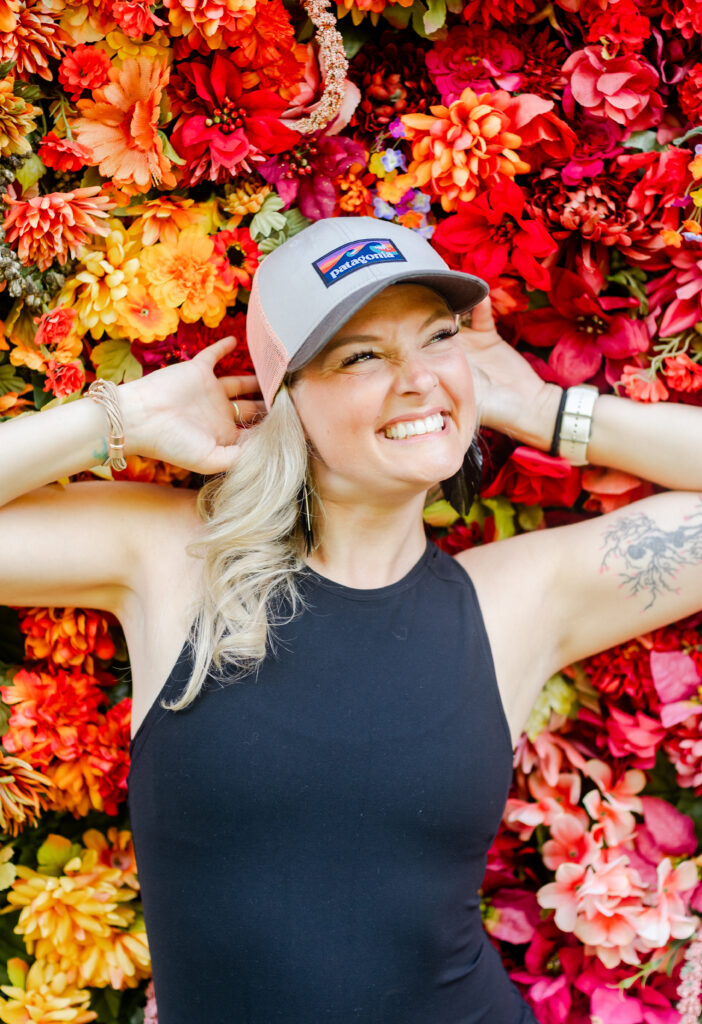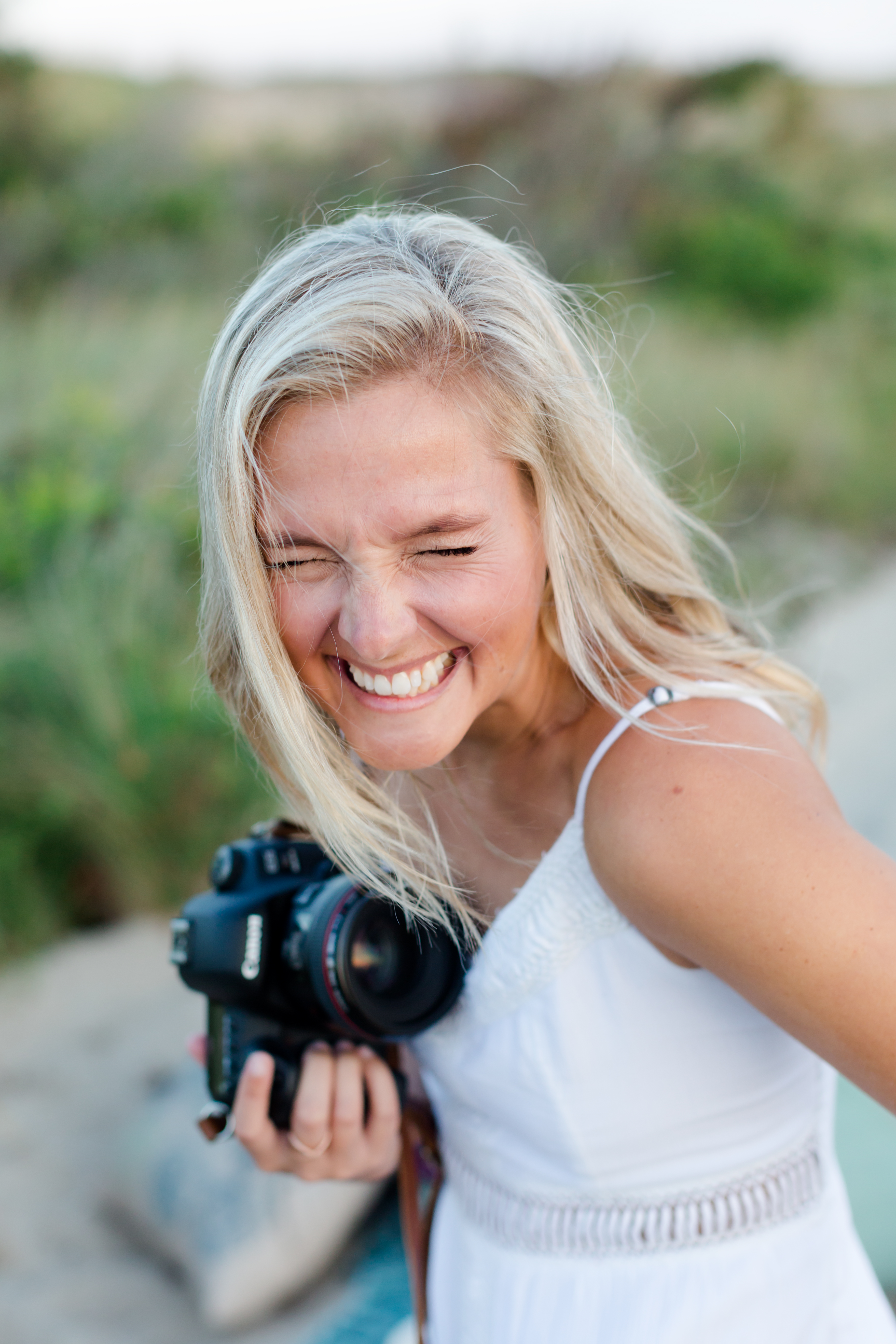I’ve been getting a lot of great e mails and texts lately from friends and clients who are looking to either dive into the world of photography as a business or just loving photography as a hobby and looking to learn as much as they can about taking it a step further! What’s great about both these different types of e mails scenarios is that they have the same thing in common, they both beg the same questions: “Where should I start?” “What is the best lens for the types of portraits I want to be shooting?” “Sometimes when I shoot, my images tend to come out blurry and I’m not sure why or what should I be doing differently?” “My kids are so fast and I can’t seem to keep up with them with my camera!”
I love answering these types of e mails and questions because when I was starting I had all the same questions and I had wonderful mentors who were kind enough to help me find my way through similar situations! If we don’t share our knowledge and information, then we aren’t helping our selves and our industry! We all had to start somewhere and we all had someone who helped us along our path!
I’m absolutely no expert! I shoot canon and I am 100% still learning: every single day! I think we all are! I can only offer what I have learned in my journey in hopes that it will help others find their way much faster than I did 😉
Here’s what I shared with my friends! I feel like there are three basic tips that can answer these questions and they have to do with focus!

.jpg)
- A GREAT PRIME LENS! Ditch the Kit Lens! This is the lens that came with your camera when you bought it! I used this lens for years (and I mean years before I learned about the magic of the prime lens). I rocked my kit lens and believe me there is no shame in the kit lens! If you have been ruling your kit lens and loving it, pat yourself on the back and give yourself a bonus scoop on cookie dough with your coffee in the morning! But friend, the prime lens is going to change your world! It was my friend Katie Pegher who first introduced me to the prime lens and it was the 50 mm 1.8 that first caught my eye! I did a fun little lifestyle model shoot with her in the snow in Maryland and let me just tell you, before we even drove home to Virginia Beach, Tuck and I had already purchased that baby! The 50 mm 1.8 runs about $125.00 and that’s a great deal in the world of prime lenses! It’s an incredible first prime lens to start! I exclusively shot with that lens for years!
Let me explain what we mean when we say “prime lens”. I didn’t understand this terminology and that’s important to me, because well I’m awkward like that! Prime basically means it’s a fixed focal length! In other words, if you want to move closer or farther away, you have to use your feet! A prime lens is so sharp and so clear! You will be amazed at the difference! This is just a basic explanation! There is so much more to the definition of a prime lens and if you want to know more about aperture and speed, you should absolutely check it out! It’s pretty interesting!
Here is a list of all the prime lenses that I have in my bag today:
- 85 mm 1.2 This is my all time favorite! It’s best for up close portraits of children, detail shots, and especially mother and child shots! I also adore this for birthing shots when mom has baby in her arms for the first time! This is just a creamy and beautiful lens! 🙂
- 50 mm 1.2 This is my lifestyle session work horse! I finally just upgraded this from the 1.8! That’s how long I have used that one lens and that was back in 2010! This is a serious power house for portraits! It’s just right as in 3 little bears just right!
- 35 mm 1.4 Wide angle lens for family portraits, super fun for children to create that little kid/big world feel! I also love to use this creatively and break rules! This is also my underwater lens!
- 100 mm 2.8 Macro lens This is my detail lens for newborns! Details for fantasy sessions shots and any other super up close needs! To be honest, this just sort of stays in my bag unless I remember to bring it out! I’m trying to get better!

.jpg)
2. BACK BUTTON FOCUS! This was was a game changer for me in terms of focusing and gaining tack sharp images! I didn’t start back button focusing until 4 years ago when Andi Grant switched it for me while I was second shooting a wedding with her, so this is actually a newer thing for me as well! Back button focusing changed my images from 50-60% tack sharp nailing focus where I wanted, to 90 % nailing focus and having tack sharp images! That’s huge friends, especially when all of us want clear, beautiful images!
Back button focusing is a little tricky to explain without having the camera right in front of you and remember, I absolutely do not claim to be a professional, especially at explaining the technical terms. This is how I explained back button focusing for my friend Suzie, who is getting ready to take an amazing trip to Europe and wanted to make sure all her images whether they were portraits or landscape were 100% tack sharp and clear no matter what lens she was using!
When most of us start shooting with our cameras, we use the shutter button to not only take the picture; but also to focus on our subject as well! We are essentially using this one button, the shutter button, to do two things at once and that’s the reason most of our images come out blurry or shaky half the time. This is where Back Button focus comes in and saves us! Back Button focus takes the focus job off of the shutter button and gives it to a button in the BACK of the camera! This way you are using two separate buttons instead of one! So for example… if you want to take a picture of a child in the middle of a play session: you would use the Back button to focus on the child first (hold that button down telling the camera “Ok camera this right here is the subject in which you are supposed to focus and keep sharp!”) and then when you are ready to take the picture, use the shutter button to capture the moment!
Two separate jobs, two separate functions! That alone right there is why it made it so much easier for me to nail those beautiful clear and sharp images!
Setting up back button focus is super easy: just google your camera model and find a guide online to set back button focus! You can also refer to your camera’s user manual but in my case it was so much easier to just google! Once you set it up, make sure to practice!!
*This is the last bit I will say about back button focus: it’s not for everyone and not everyone uses back button focus! So if it’s not for you don’t worry! For me personally this is the only way I shoot! This is absolutely how I nail focus for portrait sessions with toddlers that love to run! I set my back button focus and I trail them with my camera! This also allows me to run and be a part of the play during the session! I don’t have to worry about the focus so much because I know back button has my back!

.jpg)
3. WHAT’S YOUR APERTURE? This is a great question to ask yourself when you are shooting portraits! What is your aperture and how many people are in your portrait? If you are just starting to learn manual or play around with aperture, I learned a great little rule of thumb from one of my mentors a long time ago that I still value today! The number of people in your portrait should directly correlate with your aperture!
OK… so what in the heck does that mean?! Right?! If you aren’t quite sure what aperture is, this is a great article by the digital photography school that will explain more about it! Basically aperture is the opening in the lens that allows light to travel through the camera!
So… when we were talking about the prime lenses before we also included numbers like 1.2, 2.8 etc. Those numbers were the apertures!
The rule of thumb that was given to me was if I had 2 people in my portrait, I should never let my aperture go below 2.0 or 2.5 depending on how comfortable I was in that range! If I was shooting a large family portrait of say 7 people… aperture should be in the range of 6.0-7.0. This way I could ensure that every single person in the portrait would be clear, sharp and in focus.
Now: once you get the hang of shooting at different apertures and you practice, it’s absolutely OK to branch out and change up the numbers a bit! It’s OK to break the rules! For example: I love to shoot a mother and her child at an aperture of 1.8 or even 1.2 but that depends on the feel of the shot and what I’m looking for creatively! It’s always nice to have a general rule of thumb as a guide to fall back on when you aren’t sure and this always works for me especially in a large family setting!

.jpg)
I hope this helps someone out there! Again, not a professional and absolutely not any who is amazing at explaining the technical terms! I’m just someone who has learned a lot from others that have been helpful along the way and want to share and be helpful as well! I absolutely adore receiving e mails asking these questions… the same questions that I had when I was starting! I love learning and I love shooting my children and family clients! I love being behind the camera and so if I can help share the information I’ve learned along the way with people who are brave enough to ask me and trust me to answer them, I will happily provide anything I can! I just hope this post is helpful to someone else out there!
xoxo and Happy Tuesday Friends!
B



.png)
.png)